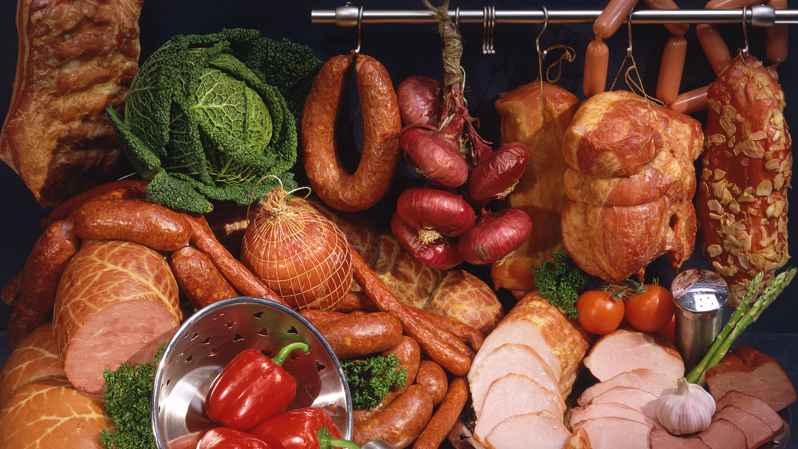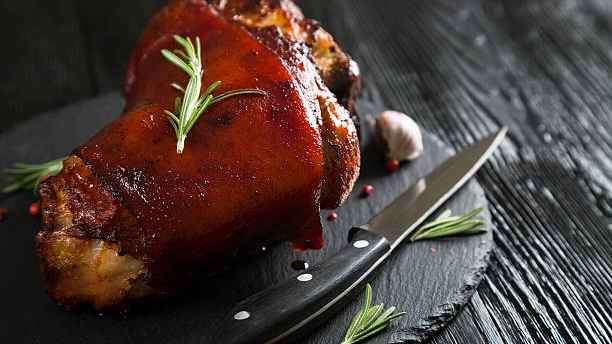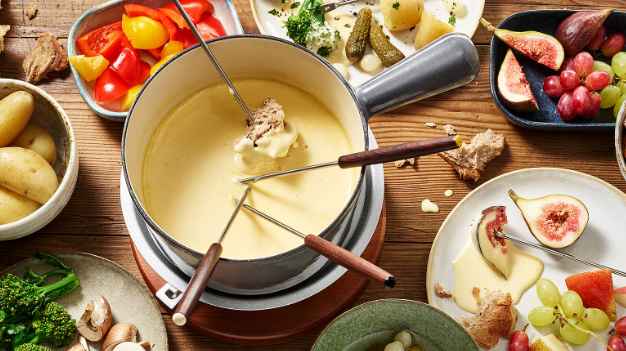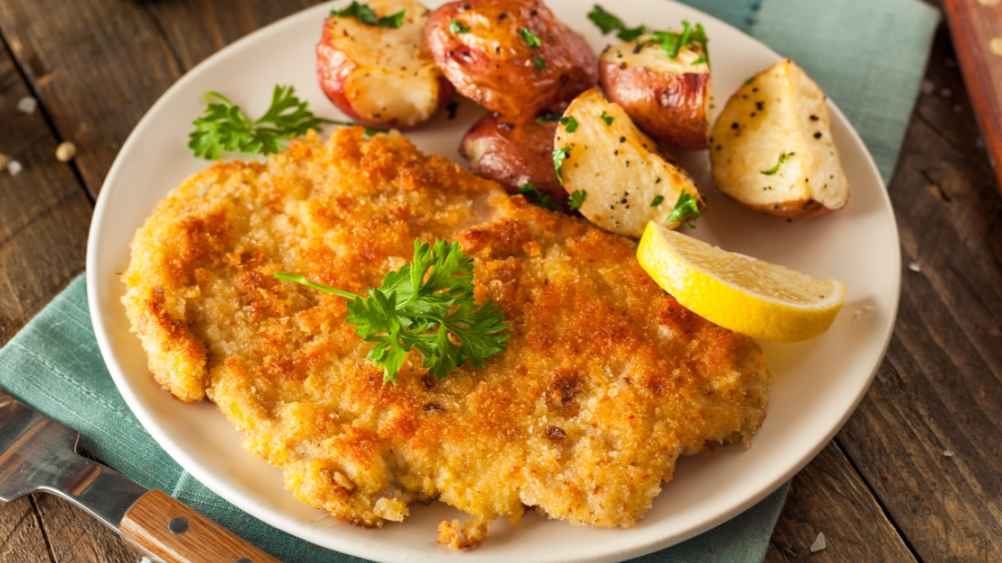Another signature dish is Schweinehaxen (roasted pork knuckle), whose skin turns golden and crispy after roasting, while the inner meat remains tender, juicy, and free from greasiness. In traditional German cuisine, a glass of craft dark beer paired with roasted pork knuckle offers a double delight of taste and culture.
Source: Images from the Internet, if there is any infringement, please contact the removal of
Located in the Alps, Switzerland produces high-quality cheese due to its thriving livestock industry. Early records of "cheese fondue" appeared in culinary literature as far back as 1699, but the modern version combining melted varieties of cheese was not finalized until the late 19th century. In 1930, the Swiss Cheese Union promoted it as a "national dish," making it a symbol of Switzerland's cultural integration. Today, this classic dish—dipping bread into melted cheese—preserves the culinary wisdom of mountain dwellers while becoming a must-try for global food lovers experiencing Swiss charm.
Source: Images from the Internet, if there is any infringement, please contact the removal of
Compared to Germany, Austrian cuisine exhibits a more diverse and integrated character. The famous Wiener schnitzel is a typical example: veal slices are coated in a batter made from eggs and flour, then evenly covered with breadcrumbs and fried. Its crispy exterior and tender interior, along with rich layers of flavor, not only reflect the culinary heritage of the Habsburg era but also serve as a perfect footnote to Austria's inclusive food culture.
Source: Images from the Internet, if there is any infringement, please contact the removal of











